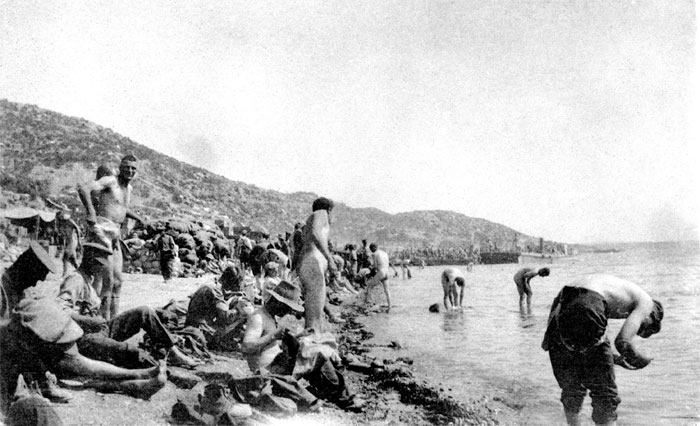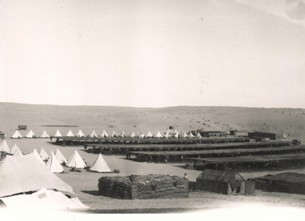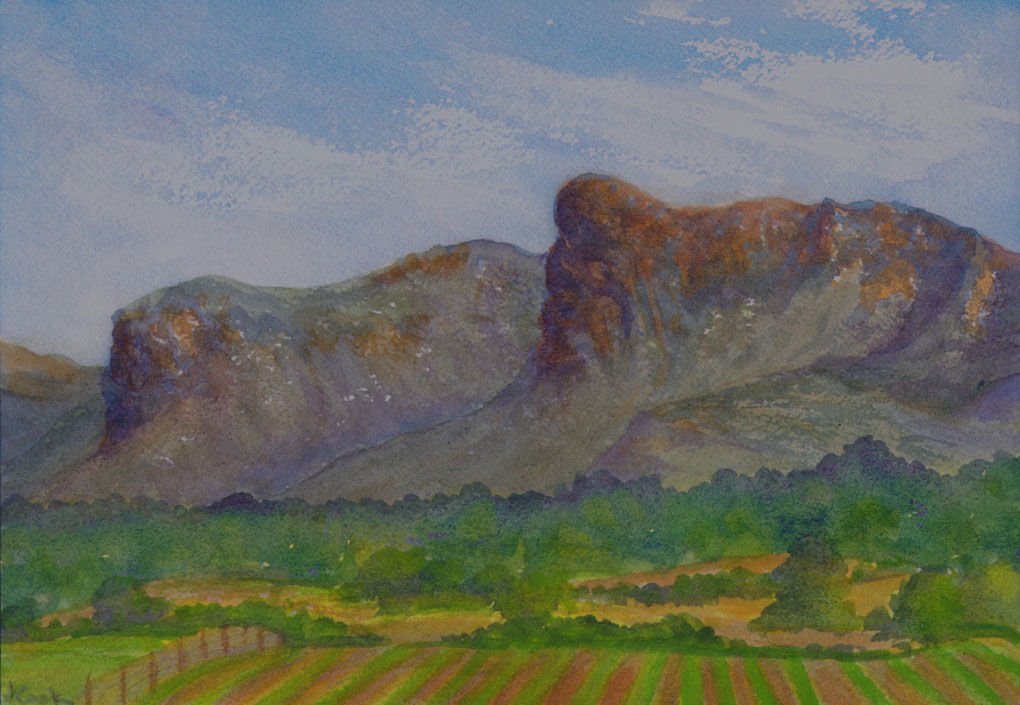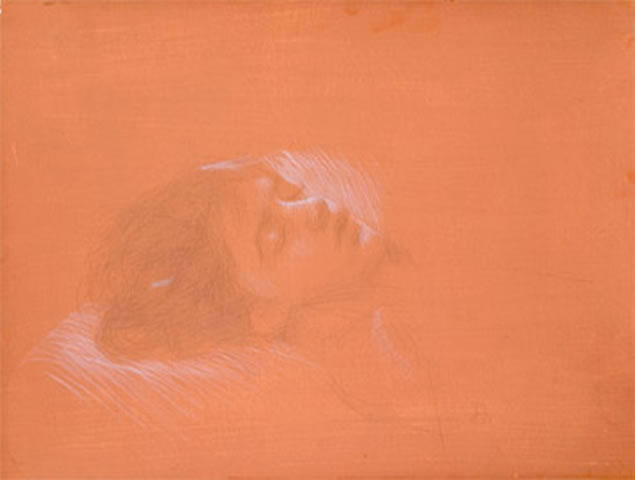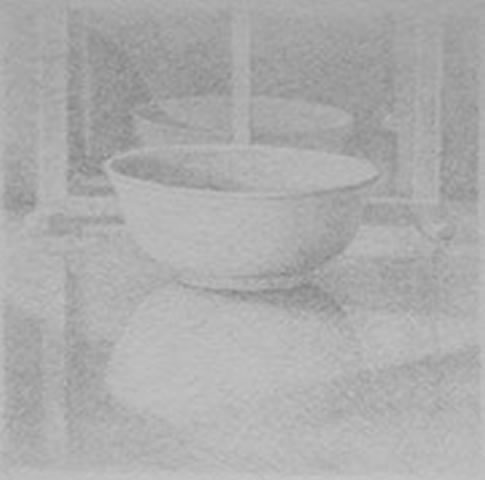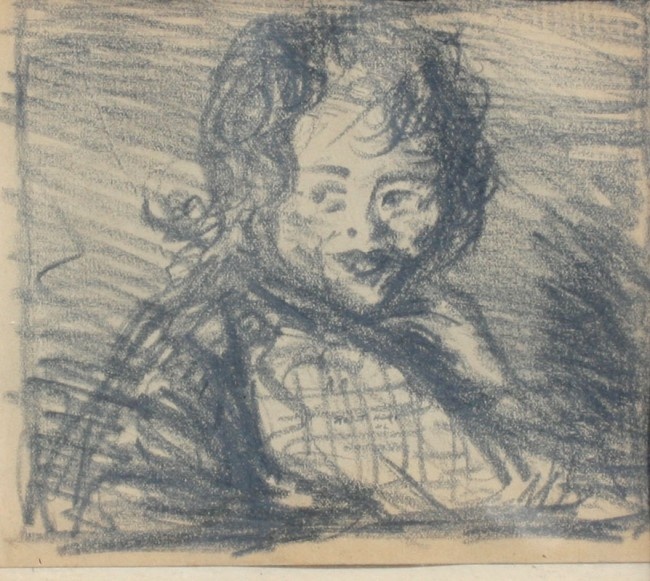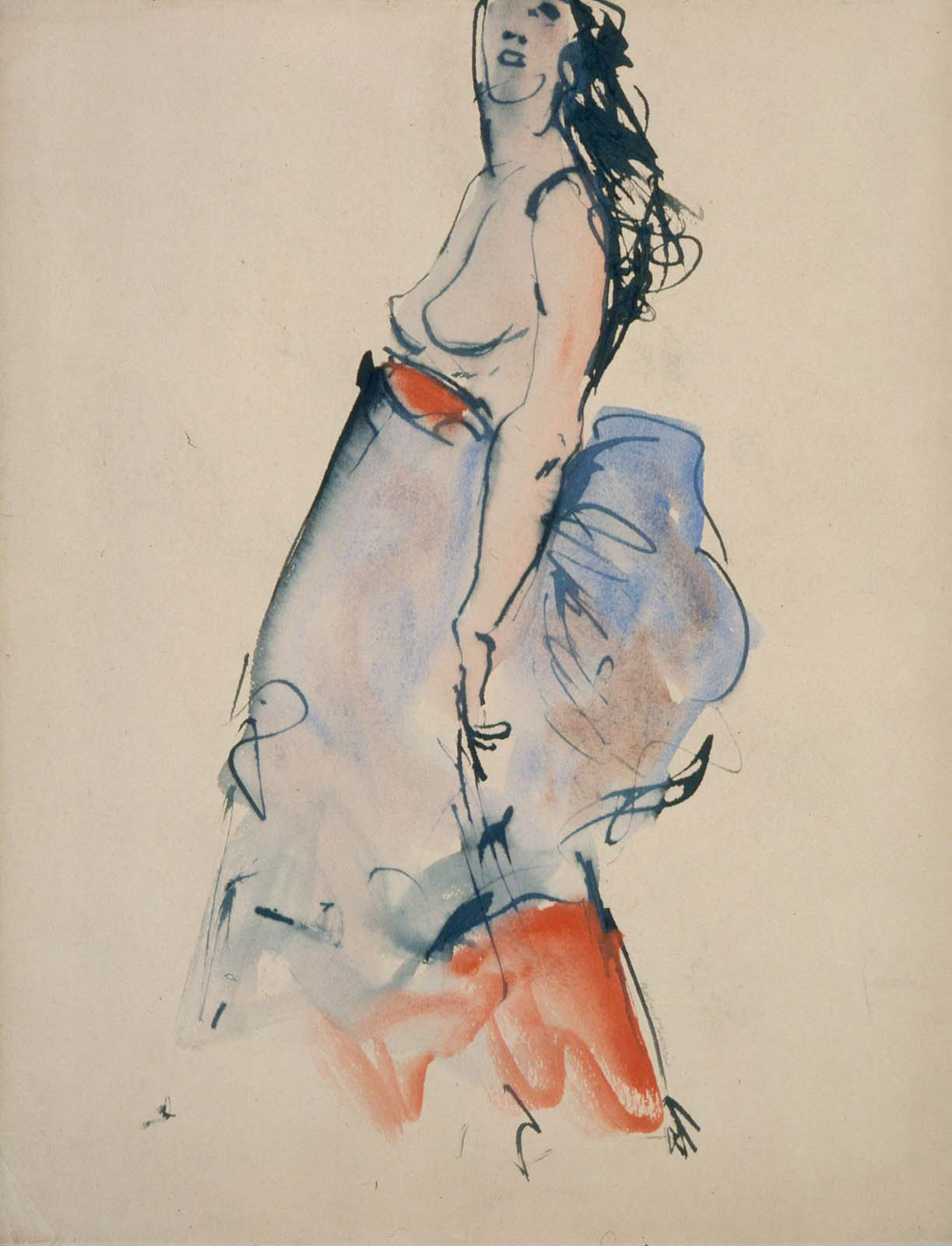Frank Anderson's 1915 diary continues the entries about fighting with the 10th Light Horse Regiment, now at Russell's Top, an area which became know as The Nek.
6th August, Friday - "The attack is to come off to-night and we are all fearfully busy. At 5.30 p.m., the right flank attacked amid a tremendous bombardment but captured two lines of trenches. An awful fight lasted all night and news came through that the left flank was doing remarkably well."
Next day, 7th August - "We were called at 3 a.m. after a sleepless night and took up a position from where we were to charge. All the saps were crowded and confusion reigned supreme. The first line of attack was made up of the 8th as was the second. A squad and A & B troops formed the third line, the remainder of our squadron & C squad made the 4th line. We could hear a big battle going on to our left and we underwent a heavy shelling, which caused a good number of casualties and broke our trenches up considerably. At dawn the first line was ordered out but were mown down before they had gone more than 20 yards. From then on God only knows what happened.
"The trench was full of dead, dying & wounded, some of the second & third lines went out together, only to feed the enemy's machine guns. Still no orders came for us & the suspense was awful. Then the fourth and some of the third got over the parapets, but not one got more than 15 yards away and very few got back. In some remarkable way, Mr. Kidd's troop actually got over and only lost one man. I had no idea what my own troops' casualties were, but knew they were not very heavy. Then the order came to retire, and when we collected back on the Broadway, over half the regiment was missing. It was Arthur that first told me the news of D Troop being wiped out, then we heard of all the rest, Cmdt. Piesse, Mr. Rowan , Springall, Jackson, Dumpty (Frank's fiancee's brother), Phipps, Leo, the two Harpers, Barrycloc, Fenwick, Capt. McMasters, Lt. Hellon, Tom Burges, and in fact everyone that I seemed to know and like, were all dead. Craig, Jim Lyall & Bill wounded and a lot more. In my own troop, Eustace, Sandy & Chipper dead. Arthur and the few that got back had marvellous escapes. Was most anxious about Irwin but he turned up all right. In fact Pat, Arthur, John and myself seem to be the only ones left of our little clique. I can't realise it yet, but my nerves seem to have all gone. How I'll ever write and tell Baby (his fiancee, my grandmother) about it all, I don't know. It is all too awful.
"Major L. acted the coward, as we all expected he would, but the old Colonel was game and is immensely popular. After the first shock was over we started inquiring about our left flank and the sight that met our eyes in Anafagasta Bay was one never to be forgotten. A fleet of 8 cruisers & innumerable torpedo boats were heavily bombarding the Turks while a fleet of eight large hospital ships were in readiness. The transports were too numerous to count, but we could see that our men were gaining ground fast. The Turks had evidently got most of their troops reinforcing the position we attacked, with such disastrous results. But I believe we did our role and achieved more than was expected. We spelled until 4 p.m. almost exhausted, and we then took over the main firing line.
"Things were quiet for the remainder of the night on our immediate front, but the two flanks were fighting most desperately. During the night, the bodies of Mr. Rowan, Leo & Springall were all brought in. Phipps was got in before he died and had time to leave messages to Molly and his mother.
"And so ends the most terrible day I've ever experienced."
(Part 4, published next in this blog, will continue the account of Frank Anderson's experiences in Gallipoli, as recounted in his 1915 diary.)






